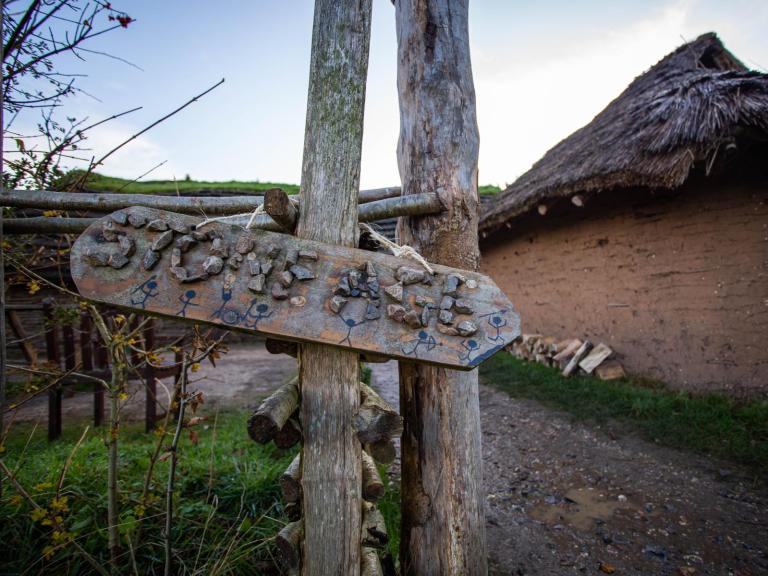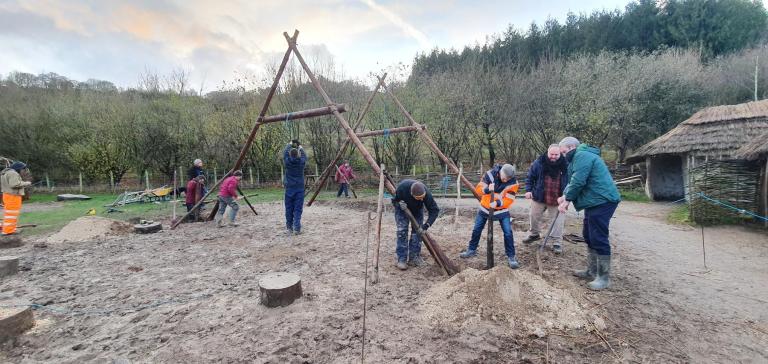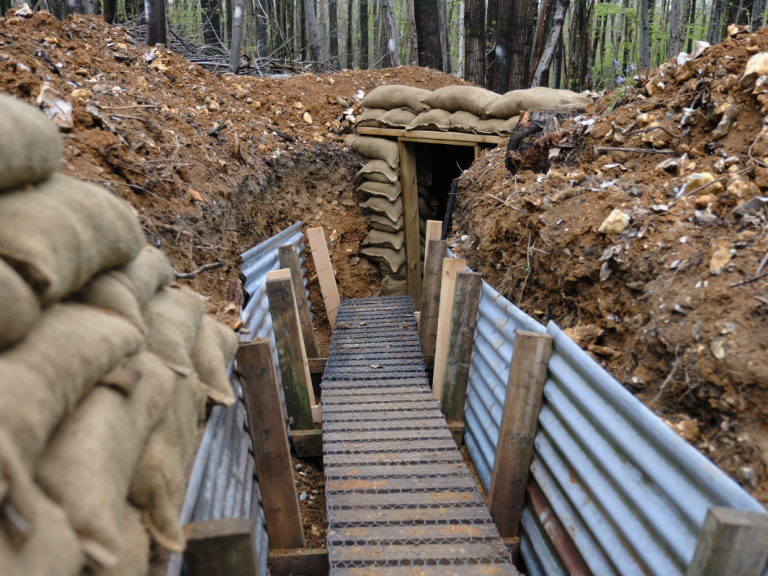Using experimental archaeology to investigate Anglo-Saxon dye
Katarzyna Stasinska, one of Wessex Archaeology’s Fieldwork archaeologists, is undertaking an exciting experimental archaeology project exploring Medieval woad dyeing processes as part of her application for this year’s EXARC Experimental Archaeology Award.
Katarzyna’s experiment will explore how successfully we can recreate the Medieval Woad vat. Woad was the only plant used in Medieval Europe for dyeing textiles blue. Katarzyna tells us more about how she started on this journey:
Experimental archaeology
Experimental archaeology has been an important and appreciated field of study for many years. By asking the right questions and testing them in connection with archaeological records we have the chance to reach answers which we couldn’t otherwise obtain. It’s especially important in the case of activities which do not leave substantial material traces, such as textile-related crafts - spinning, weaving, and dyeing.
EXARC Archaeology Award
June is an important month for enthusiasts of experimental archaeology. It’s a time of intense preparation for the EXARC Archaeology Award, which provides funds for experimentation.
EXARC is a unique organisation. Its members are engaged in ancient technology, experimental archaeology, interpretation/education, and museum practice. Thanks to the EXARC network, experimental archaeologists can exchange information and support each other in best practices. For archaeologists, this exchange of information is beneficial in interpreting the function of artefacts/structures.
Anglo-Saxon woad vats
This year, I am applying for the EXARC Archaeology Award and thought this was the perfect occasion to share how certain experiments can help us understand the past. My experiment focuses on recreation of an Anglo-Saxon woad vat. We know from multiple written and archaeological sources that Anglo-Saxon people loved to wear colourful clothes. However, the dyeing process itself remains shrouded in mystery.
For most of the Anglo-Saxon period, textile dyeing was performed on a small, domestic scale by women of the household. It’s likely no special equipment was used, so we do not know which artefacts could relate to the dyeing process (we can establish that small pots were used to dye with madder thanks to finds of madder-stained pots). Luckily, investigation of this craft is not impossible. Most dyestuffs are still available and primitive breeds of sheep are still amongst us. The colours of our ancestors are waiting to be discovered.
Foraging to dyeing
For this reason, textile dyeing has fascinated me for many years. I started by foraging plants in the wild, using them to dye wool in my kitchen. I ended up with a set of replica Medieval pots and a garden of dyeing plants. This led to my MA in Artefact Studies at UCL. My dissertation focused on "The development of woad dyeing techniques throughout the Medieval period in England". I experimented extensively, dyeing dozens of different fibres, cultivated dyeing plants, and got steadily invested. Eventually, to share my passion with the world, I established a blog and social media platforms under the name ‘Medieval Colours’ and regularly share my knowledge through posts, workshops, and talks.
Indigo and woad
The plant which fascinates me most is woad. Woad is a unique dyeing plant. Before the introduction of indigo, it was the only plant in Europe capable of providing blue colour. To get this colour a complicated dyeing process - based on fermentation - must be performed. We know of several Anglo-Saxon textiles dyed in woad through mentions in written sources about blue clothes, preserved textiles dyed in woad ( e.g. those from Sutton Hoo) and botanical remains from the plant itself. We have no archaeological evidence about the details of the dyeing process.
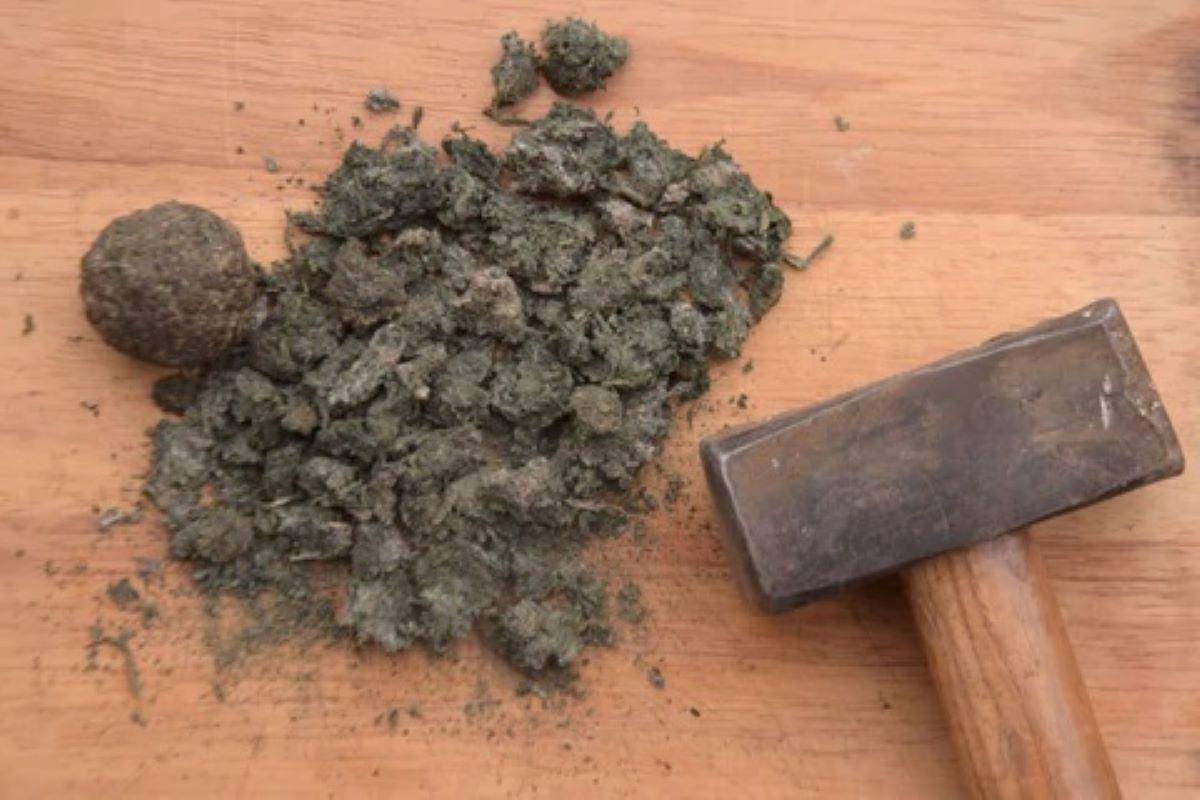
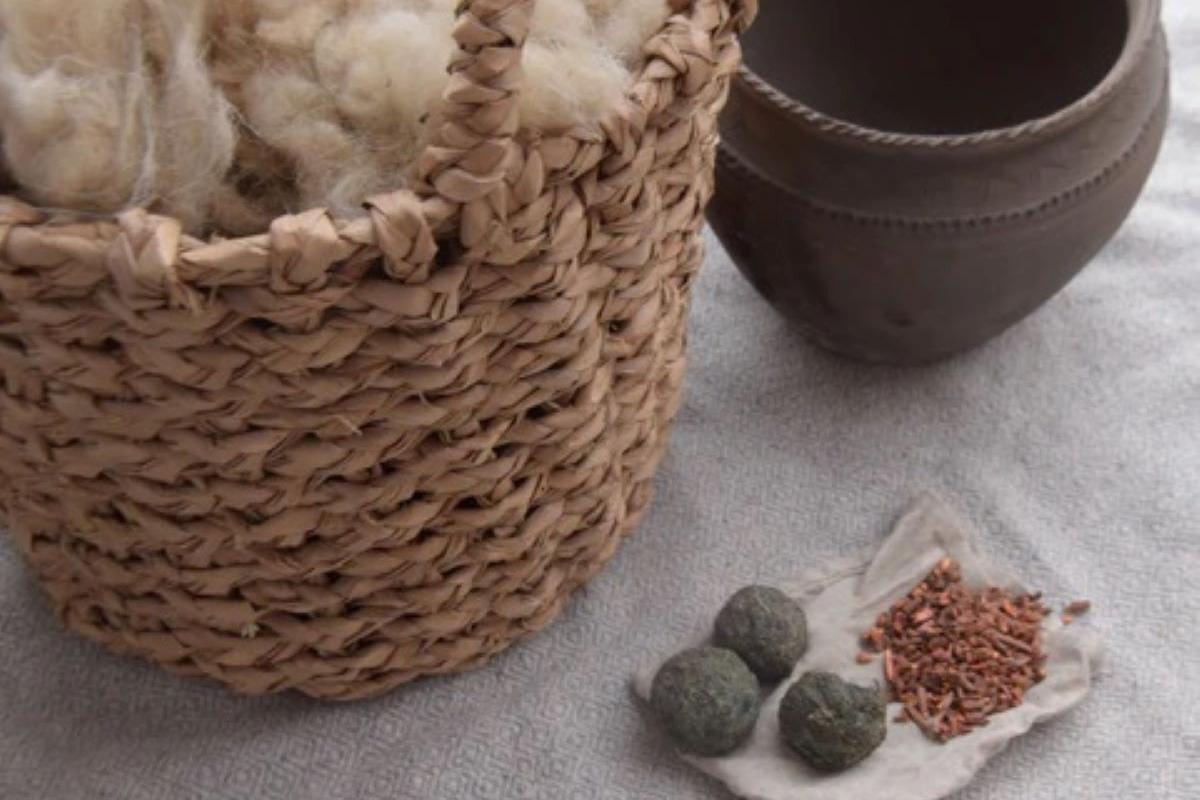
Aims and outcomes
What we know for sure is that certain conditions need to be preserved for successful blue woad dyeing. We need a secure temperature (30 – 50 Celsius degrees), alkalinity (pH 9 – 10) and glucose for fermentation. Additionally, a proper vessel is needed to house this complex fermentation. My work will focus on discovering what this vessel could look like, what fabric it could be made of and where it could be placed to create optimum conditions. Would it be a big pot or stave vessel? Does it require extra insulation? Should it be placed inside near a fireplace?
So many questions. I aim - with the help of EXARC - to discover the answers to some of these questions! Woad dyeing was a fairly common activity at the time, it could be performed in every large household. Once I’ve established ideal conditions, this will provide new context for research into artefacts and structures.
I invite you to follow me on this journey!
By Katarzyna Stasinka, Fieldwork Archaeologist
You can read Kataryzna’s EXARC journal article, based on her dissertation research, here - ‘Before They Dyed. Mordants and Assists in the Textile Dyeing Process in Anglo-Saxon and Anglo-Scandinavian Britain: An Experimental Approach’
